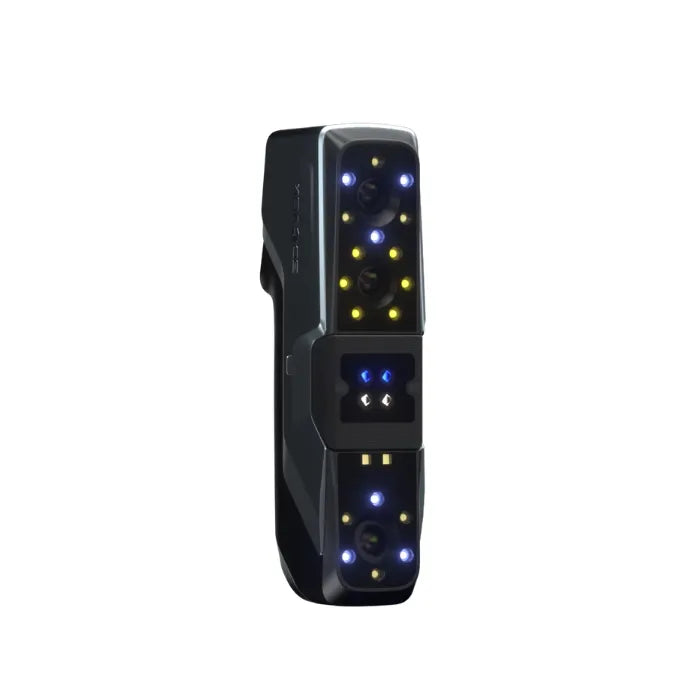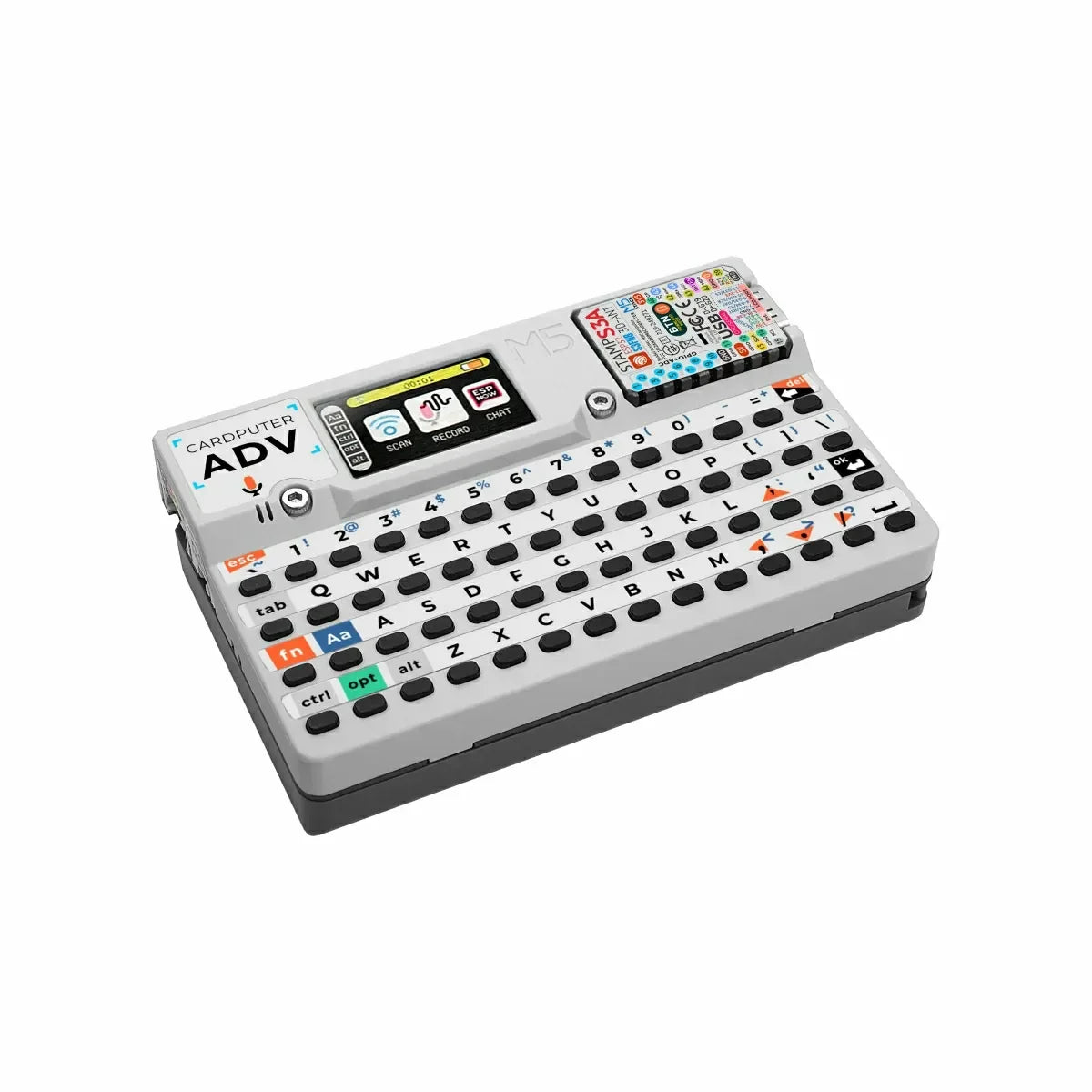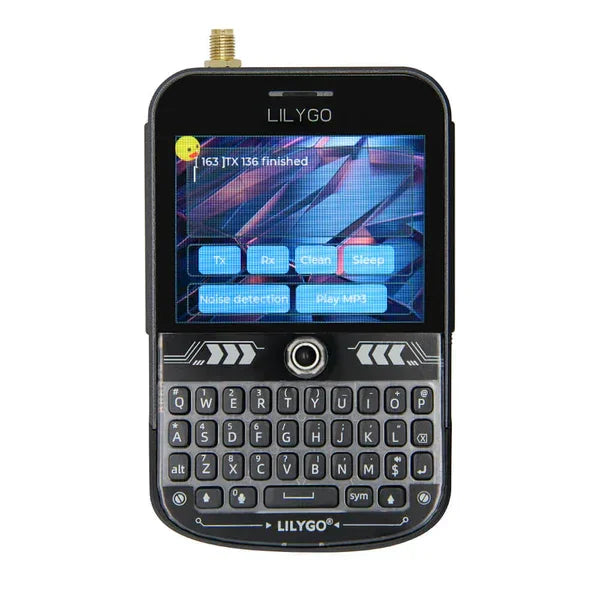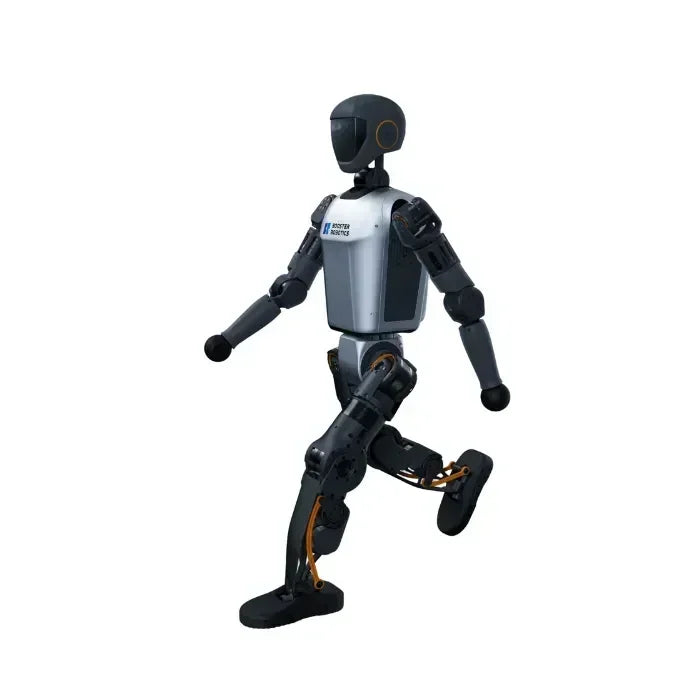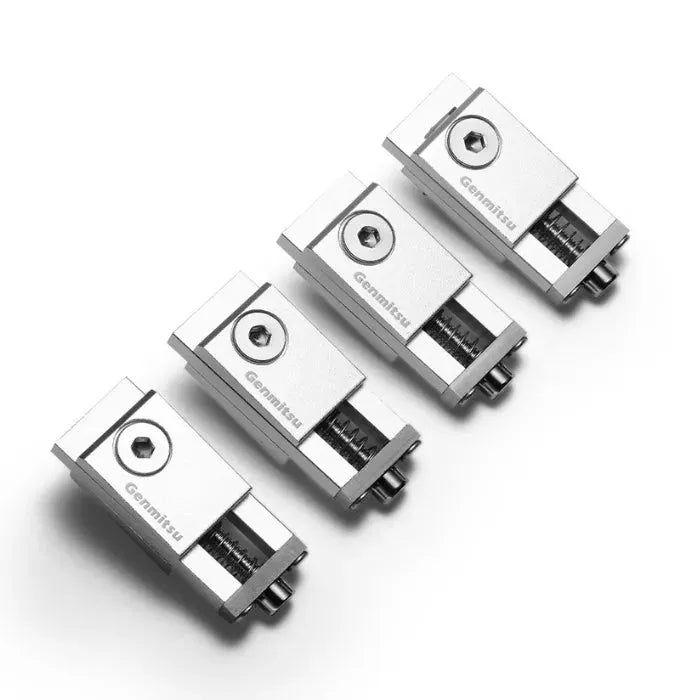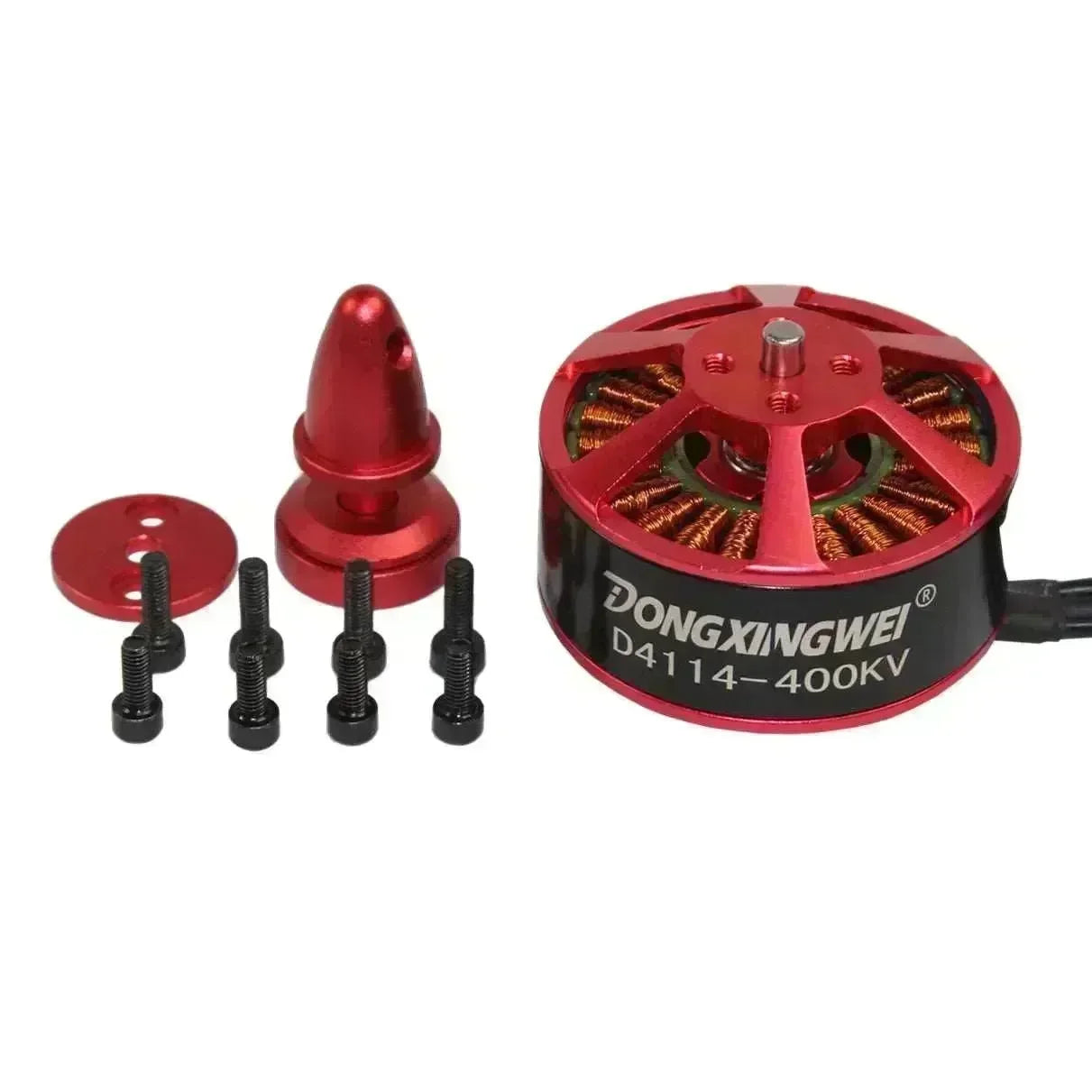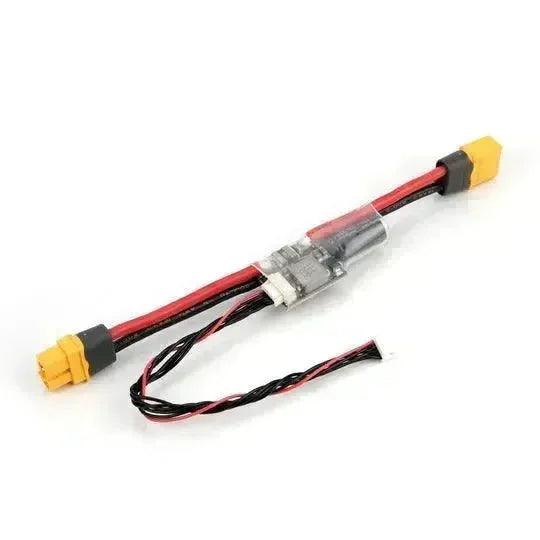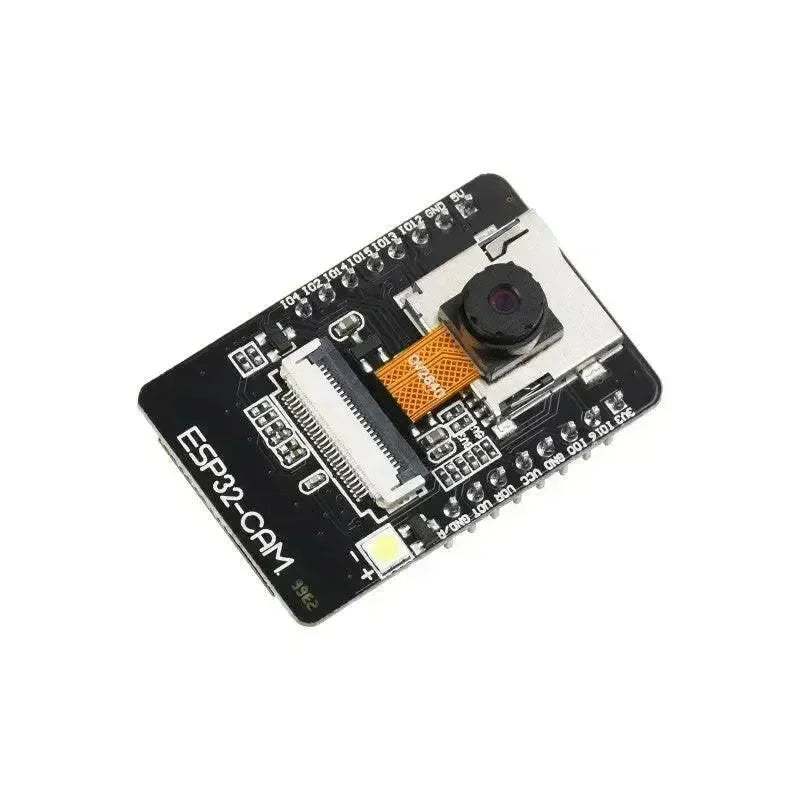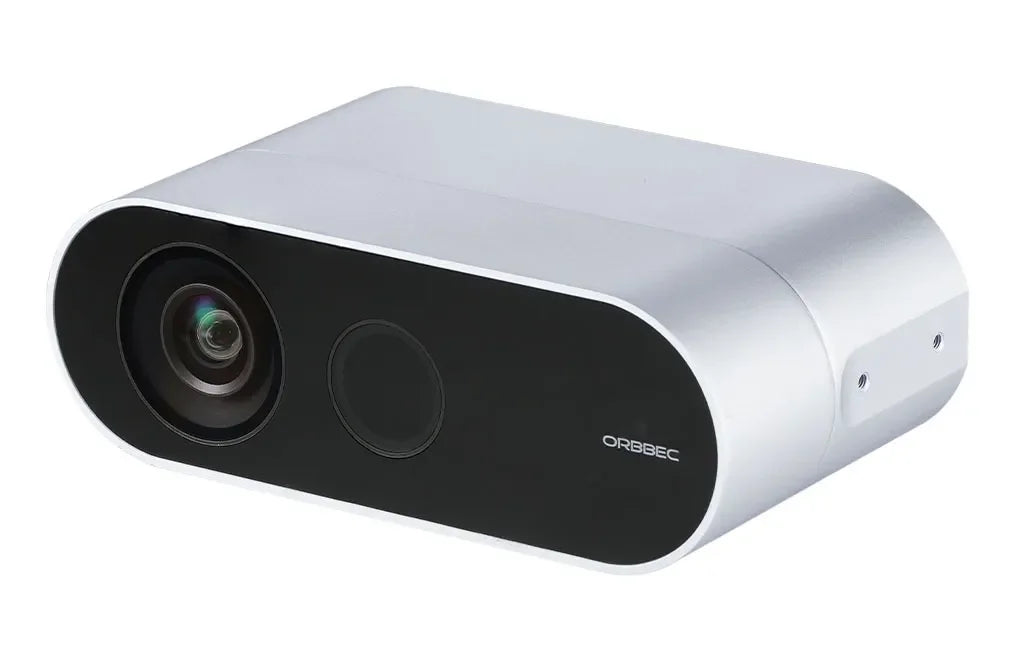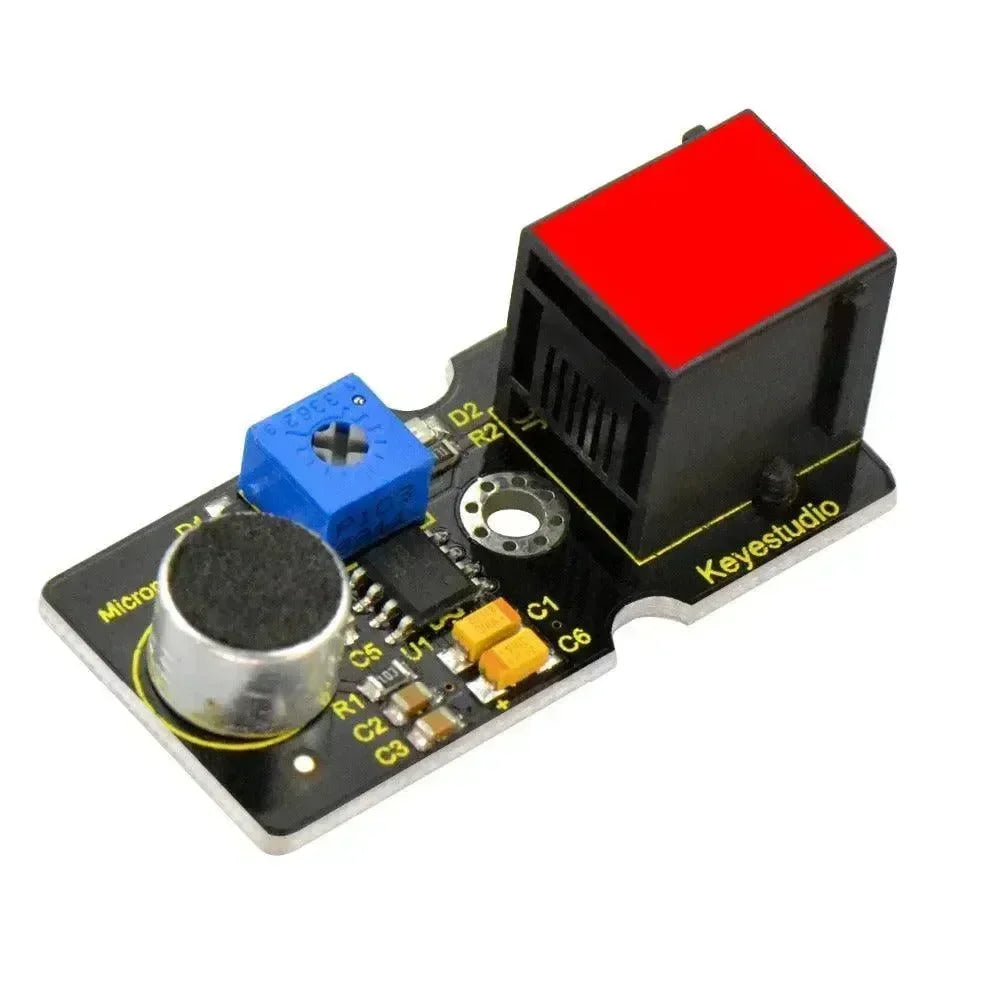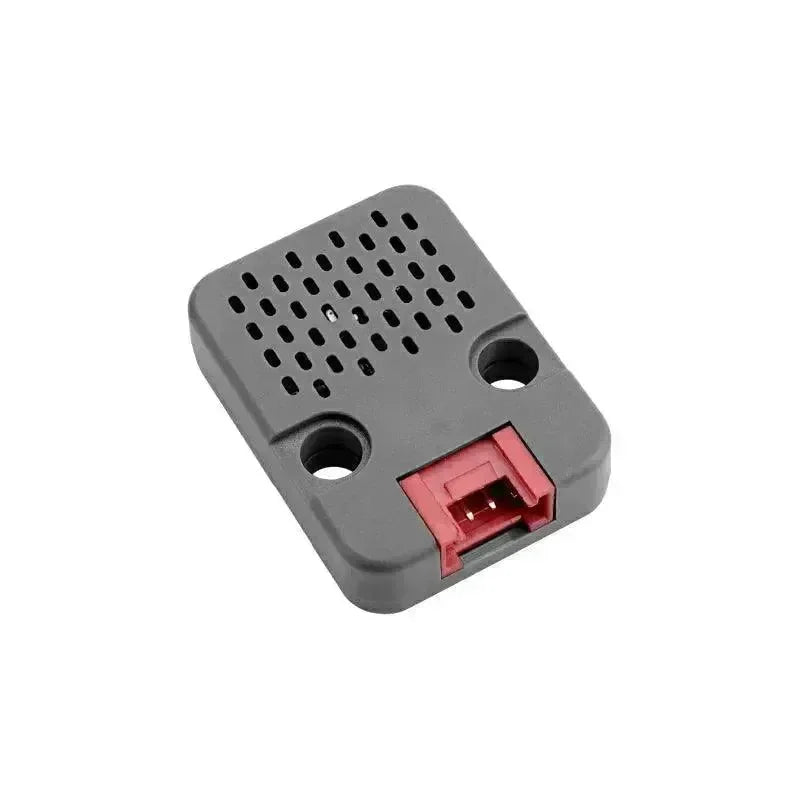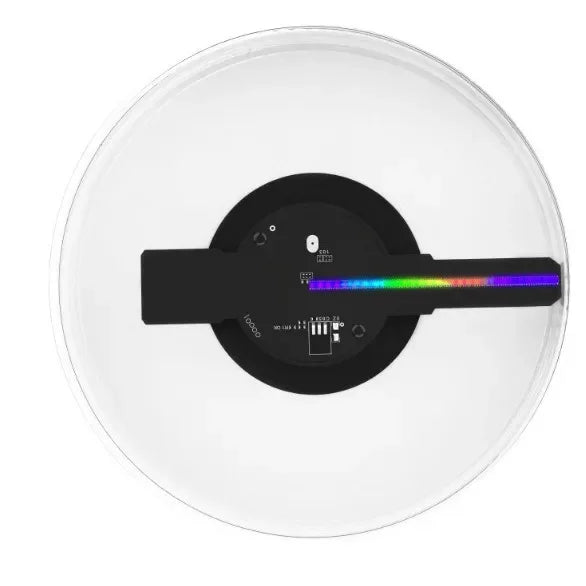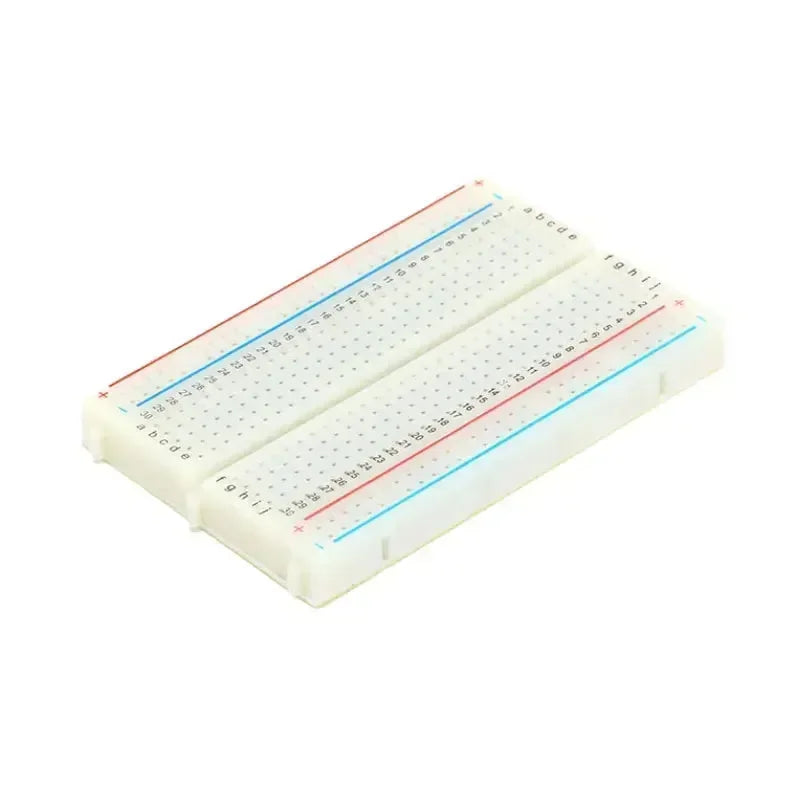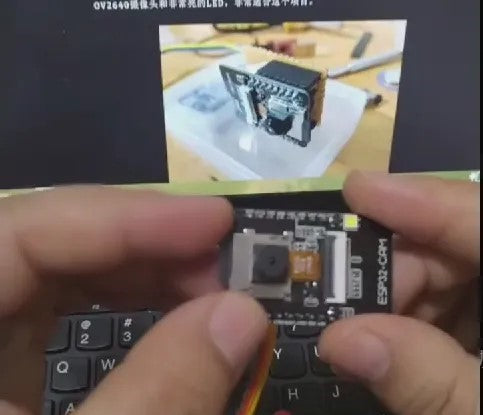
ESP32: The King of Wireless Connectivity
Wireless connectivity advantage
-
Built-in Wi-Fi and Bluetooth: ESP32 integrates 2.4GHz Wi-Fi and Bluetooth 4.2 modules, eliminating the need for an external chip, simplifying the development process and saving hardware costs.
-
Powerful wireless performance: ESP32 supports a variety of wireless protocols, including TCP/IP, MQTT, HTTP, etc., and has good signal strength and stability, making it capable of various wireless application scenarios.
-
Low-power design: ESP32 adopts low-power design and supports multiple sleep modes, which can effectively extend the battery life, ideal for battery-powered IoT devices.
Feature-rich
-
Dual-core processor: The ESP32 is equipped with two Tensilica LX6 processor cores, with a maximum frequency of 240MHz, which can meet complex computing needs.
-
Rich peripheral interfaces: ESP32 has rich peripheral interfaces, including ADC, DAC, SPI, I2C, UART, PWM, etc., which can be easily connected to a variety of sensors and actuators.
-
Supports multiple programming languages: ESP32 supports a variety of programming languages, including C/C++, Python, Lua, etc., which provides developers with flexible choices.
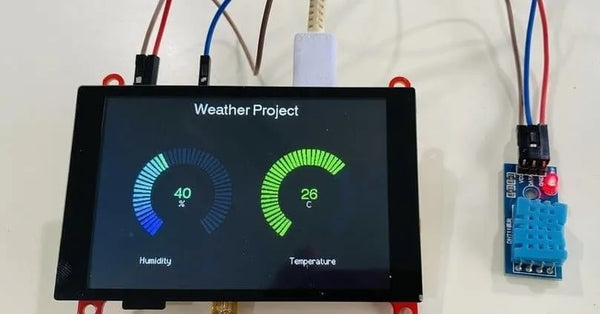
Rich development resources
-
Huge community support: ESP32 has a large community of developers, providing a wealth of tutorials, libraries and sample code to facilitate developers to get started quickly.
-
Perfect development tools: Loxin Technology provides a perfect development tools, including IDE, debugger and documentation, to facilitate the development and debugging developers.
-
Low price: ESP32 is very affordable, making it the best choice for IoT developers.
STM32: A Model of Performance and Reliability
-
High-performance core: STM32 adopts ARM Cortex-M series core, which has higher main frequency and more powerful computing power to meet the needs of high-performance applications.
-
Abundant memory resources: STM32 has abundant memory resources, including Flash, SRAM and EEPROM, which can store a large amount of data and program code.
-
High-speed peripheral interfaces: STM32 has high-speed peripheral interfaces, such as high-speed ADC, high-speed SPI, high-speed UART, etc., which can realize high-speed data transmission.

Comprehensive Functions
-
Rich Function Modules: STM32 integrates a variety of function modules, including timer, DMA, ADC, DAC, SPI, I2C, UART, CAN, USB, etc., which can satisfy the needs of various application scenarios.
-
Support multiple power management modes: STM32 supports multiple power management modes, including low-power mode, sleep mode, etc., which can effectively reduce power consumption.
-
Rich development tools: STMicroelectronics provides a wealth of development tools, including IDE, debugger, emulator, etc., which are convenient for developers to develop and debug.

Conclusion

